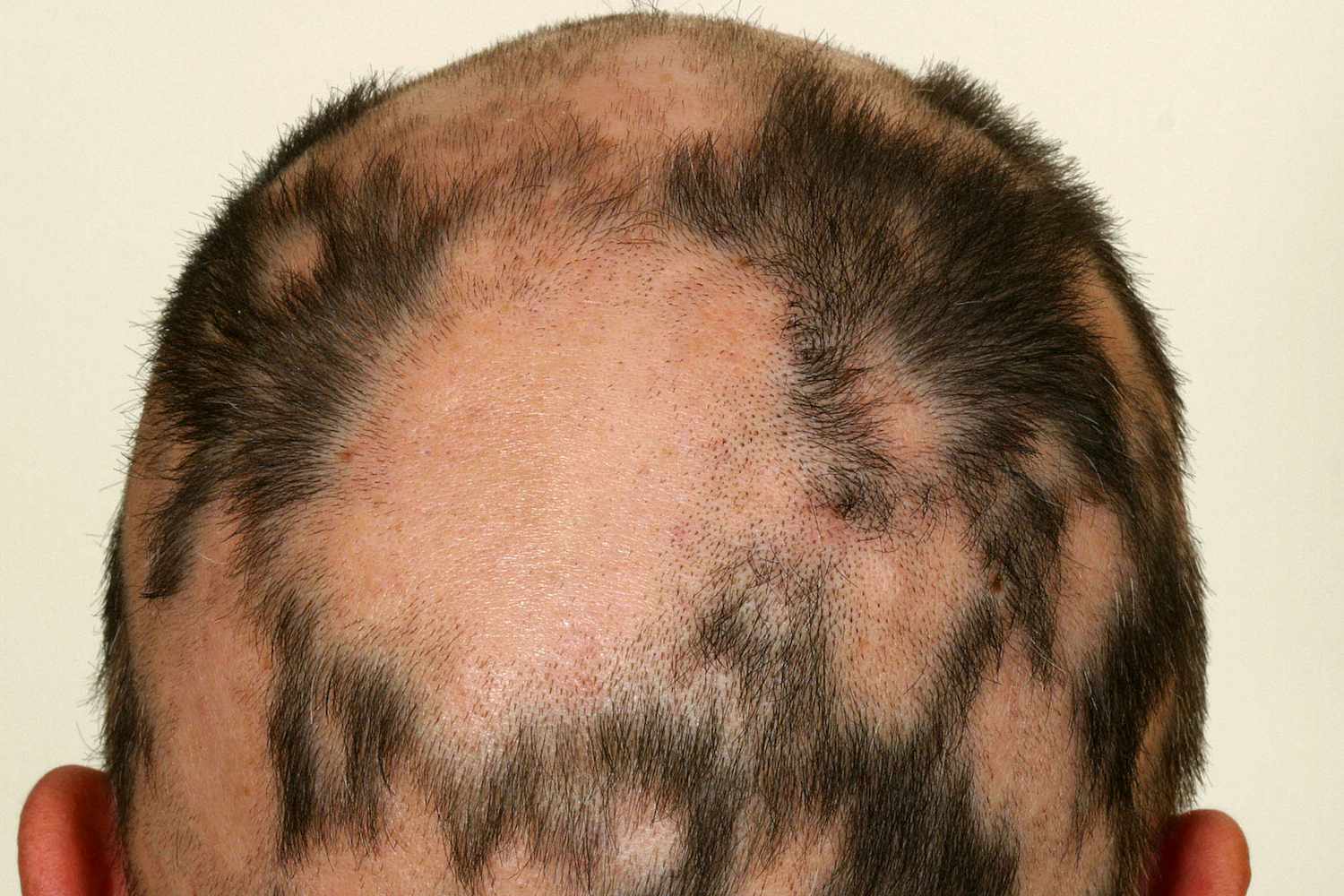
Satoyoshi Syndrome is a rare, mysterious disorder that affects multiple systems in the body. Ever wondered what makes this condition so unique? Satoyoshi Syndrome primarily involves muscle spasms, hair loss, and digestive issues. It can be challenging to diagnose due to its rarity and the variety of symptoms it presents. Understanding this syndrome can help in recognizing its signs early and managing its effects better. This blog post will delve into 30 intriguing facts about Satoyoshi Syndrome, shedding light on its symptoms, causes, and treatments. Whether you're a medical student, a curious reader, or someone affected by this condition, you'll find valuable information here.
Key Takeaways:
- Satoyoshi Syndrome is a rare autoimmune disorder that mainly affects young females, causing muscle spasms, hair loss, diarrhea, and joint pain. Early diagnosis and proper management are crucial for improving quality of life.
- While there is no cure for Satoyoshi Syndrome, treatments such as immunosuppressive drugs, corticosteroids, physical therapy, and nutritional support can help manage symptoms and improve daily life. Ongoing research aims to develop more effective treatments.
What is Satoyoshi Syndrome?
Satoyoshi Syndrome is a rare, progressive disorder that affects multiple systems in the body. Named after Dr. Eijiro Satoyoshi, who first described it in 1967, this condition is characterized by a range of symptoms that can make diagnosis challenging.
-
Satoyoshi Syndrome is an autoimmune disorder. The body's immune system mistakenly attacks its own tissues, leading to various symptoms.
-
It primarily affects young females. Most cases are reported in girls and women between the ages of 6 and 15.
-
The syndrome is extremely rare. Fewer than 100 cases have been documented worldwide.
Symptoms of Satoyoshi Syndrome
The symptoms of Satoyoshi Syndrome can vary widely, making it difficult to diagnose. Here are some of the most common symptoms associated with this condition.
-
Muscle spasms are a hallmark symptom. These spasms can be severe and often occur in the legs.
-
Hair loss is another common symptom. Patients may experience significant hair thinning or bald patches.
-
Diarrhea is frequent. Chronic diarrhea can lead to malnutrition and weight loss.
-
Joint pain is often reported. This can affect mobility and quality of life.
-
Growth retardation may occur in children. This can result in shorter stature and delayed puberty.
Causes and Risk Factors
Understanding the causes and risk factors of Satoyoshi Syndrome can help in early diagnosis and treatment.
-
The exact cause is unknown. However, it is believed to be an autoimmune disorder.
-
Genetic factors may play a role. Some studies suggest a genetic predisposition.
-
Environmental triggers could be involved. Infections or other environmental factors might trigger the syndrome in genetically predisposed individuals.
Diagnosis of Satoyoshi Syndrome
Diagnosing Satoyoshi Syndrome can be challenging due to its rarity and the variability of symptoms.
-
Clinical evaluation is crucial. A thorough medical history and physical examination are the first steps.
-
Blood tests can help. These tests may reveal autoimmune markers or other abnormalities.
-
Imaging studies like MRI or CT scans may be used. These can help rule out other conditions.
-
Muscle biopsy might be necessary. This can show inflammation or other changes in muscle tissue.
Treatment Options
While there is no cure for Satoyoshi Syndrome, various treatments can help manage symptoms and improve quality of life.
-
Immunosuppressive drugs are often used. These medications help reduce the immune system's attack on the body.
-
Corticosteroids can be effective. They help reduce inflammation and muscle spasms.
-
Physical therapy is beneficial. It can help maintain muscle strength and flexibility.
-
Nutritional support is essential. Proper nutrition can help manage diarrhea and prevent malnutrition.
-
Pain management strategies are important. Medications and other therapies can help control joint and muscle pain.
Living with Satoyoshi Syndrome
Living with Satoyoshi Syndrome can be challenging, but with proper management, individuals can lead fulfilling lives.
-
Regular medical follow-ups are crucial. Ongoing monitoring helps manage symptoms and adjust treatments as needed.
-
Support groups can be helpful. Connecting with others who have the syndrome can provide emotional support and practical advice.
-
Mental health care is important. Counseling or therapy can help cope with the emotional impact of the condition.
-
Adaptive devices may be needed. Tools like braces or wheelchairs can assist with mobility.
-
Education and awareness are key. Understanding the condition helps patients and families make informed decisions.
Research and Future Directions
Ongoing research aims to better understand Satoyoshi Syndrome and develop more effective treatments.
-
Clinical trials are being conducted. These studies test new treatments and therapies.
-
Genetic research is ongoing. Scientists are exploring the genetic factors that may contribute to the syndrome.
-
Autoimmune studies are important. Understanding the immune system's role could lead to new treatments.
-
Patient registries are being developed. These databases collect information from patients to help researchers study the condition.
-
Awareness campaigns are increasing. Efforts to raise awareness can lead to earlier diagnosis and better treatment options.
The Final Word on Satoyoshi Syndrome
Satoyoshi Syndrome, a rare and complex disorder, affects both the body and mind. Understanding its symptoms, like muscle spasms and hair loss, can help in early diagnosis. Treatment often involves managing symptoms since there's no cure yet. Awareness is crucial for better support and research funding.
Living with this syndrome can be challenging, but knowledge empowers patients and caregivers. Staying informed about the latest research and treatment options can make a big difference. Support groups and medical professionals play vital roles in providing care and comfort.
Remember, rare diseases like Satoyoshi Syndrome need more attention. By spreading awareness, we can drive research and improve lives. If you or someone you know is affected, seek medical advice and connect with support networks. Every bit of information helps in the fight against this rare condition. Stay strong and informed.
Frequently Asked Questions
Was this page helpful?
Our commitment to delivering trustworthy and engaging content is at the heart of what we do. Each fact on our site is contributed by real users like you, bringing a wealth of diverse insights and information. To ensure the highest standards of accuracy and reliability, our dedicated editors meticulously review each submission. This process guarantees that the facts we share are not only fascinating but also credible. Trust in our commitment to quality and authenticity as you explore and learn with us.


